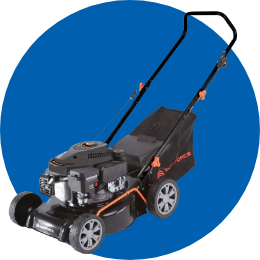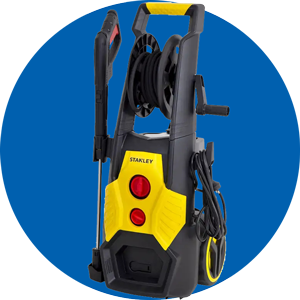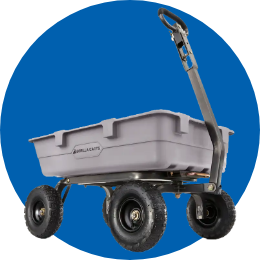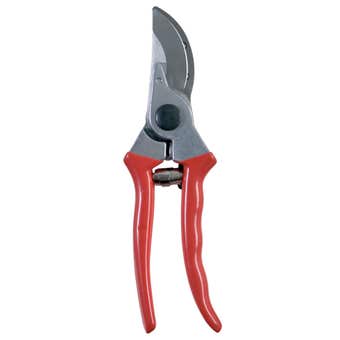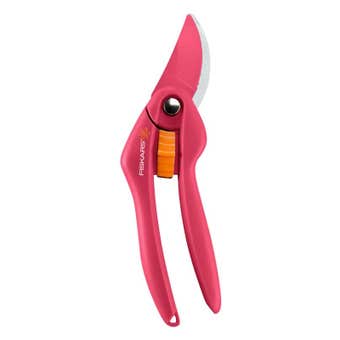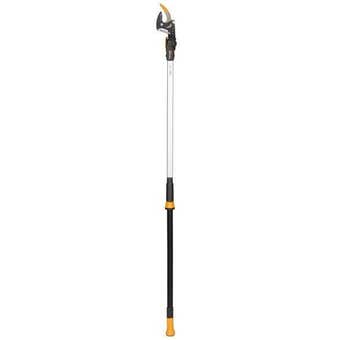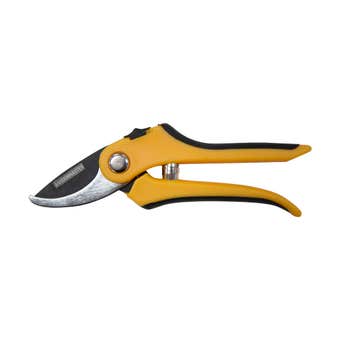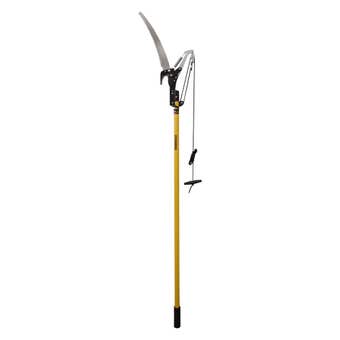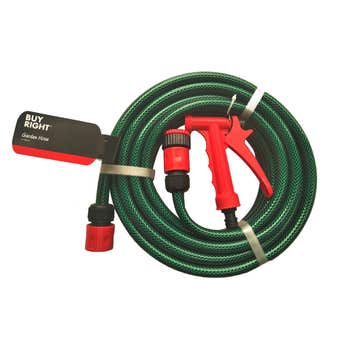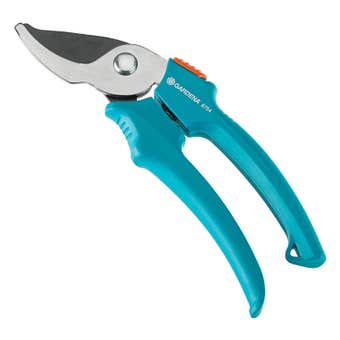- 22 February 2024
Effective Garden Pest Control Strategies
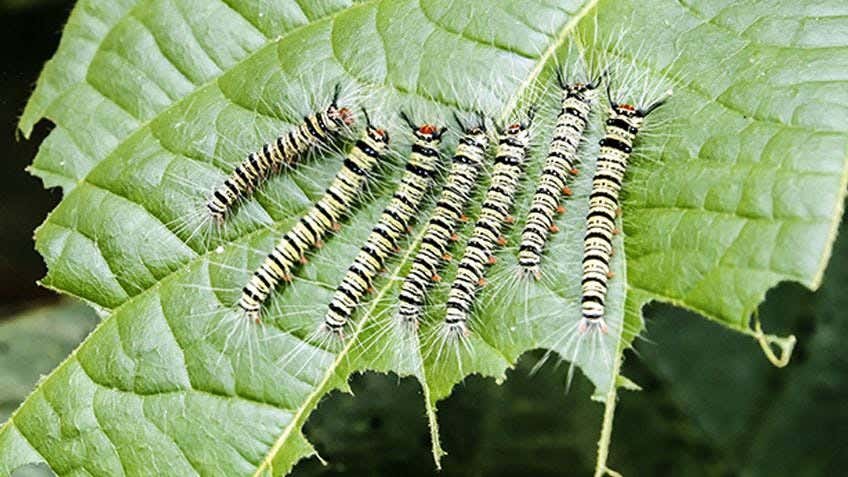

Effective Garden Pest Control Strategies
Every Australian gardener knows the frustration of dealing with garden pests. These unwelcome visitors can wreak havoc in your outdoor sanctuary. Managing them effectively, however, doesn't necessarily mean resorting to harsh chemical treatments. In this detailed guide, we'll explore a variety of methods to identify, assess, and control garden pests, employing strategies that safeguard both your plants and the environment. Embrace sustainable gardening practices that not only combat pests but also enhance the biodiversity of your garden.
Effective pest control starts with the right tools. Equip yourself with these essentials, available from our Gardening Tools section:
TOOLS
- Hand lens or Magnifying glass: A must-have for detecting early signs of infestation.
- Self-seal plastic bags: Useful for containing samples or disposing of infested plant parts safely.
- Secateurs: Ensure clean cuts to prevent the spread of pests.
- Protective clothing: Protect yourself when applying treatments.
- Spray equipment: For even distribution of liquid treatments
- Chemical measuring glass: Essential for precise mixing of solutions.
- Garden hose & fittings: Vital for applying water-based treatments and washing off pests.
- Insecticides: Opt for environmentally friendly options to keep your garden safe and healthy.
- Baits
Step 1: Identify The Pest


Correctly identifying the pest is critical to choosing the right control method. Misidentification can lead to ineffective treatment and even damage to your garden. Use your hand lens to closely inspect the affected areas. Here are some common pests you might encounter:
- Aphids: Tiny but destructive, these pests can be green, black, or white and love to suck on new plant growth.
- Caterpillars: Watch for these leaf-eaters as they can quickly strip a plant bare.
- Snails and Slugs: These thrive in damp conditions and can decimate young plants overnight.
Step 2: Assess The Severity
Understanding the severity of an infestation is crucial:
- Mild infestations: A few visible pests or minor damage. Often, simple manual removal or no action at all is sufficient.
- Severe infestations: Extensive damage and large numbers of pests might require more robust intervention.
This assessment will guide your choice of control methods, ensuring you don’t over-treat minor issues or under-treat serious ones.
Step 3: Control Strategies


Prevention is the best strategy. Each pest can be controlled using good, simple cultural techniques, such as encouraging natural predators like birds, increasing drainage, and keeping plants properly fed and watered to reduce their susceptibility to attack. But even this may not be enough and stronger methods must be used.
In controlling the problem, consider using the least hazardous method possible to achieve results. Many of the old methods are still useful, such as hosing off offending insects, picking off caterpillars by hand, inspecting the plants at night to catch slugs and snails, or capturing nocturnal insects in traps when they look for hiding places early in the morning.
Consider also experimenting with herbs grown with other plants to deter pests - this is known as "Companion Planting". Integrating companion planting into your garden design can naturally repel pests. Here are a few combinations known to deter pests effectively:
- Marigolds: Their strong scent repels aphids and other pests.
- Garlic: Plant near roses to keep aphids at bay.
- Chives: Protect apple trees from pests like apple scab.
Adopt a layered approach to pest control with these strategies:
- Cultural techniques: Enhance plant health to naturally deter pests. This includes proper feeding, watering, and pruning techniques.
- Physical barriers: Employ nets or garden fleece to physically block pests from reaching your plants.
- Biological control: Attract or introduce natural predators like ladybirds or lacewings into your garden.
- Organic pesticides: Use safer alternatives like neem oil or soaps effectively, available from our Pest Control section.
Step 4: Monitor and Maintain


After implementing your pest control measures, consistent monitoring is key:
- Regular checks: Inspect your plants frequently for any signs of pest recurrence.
- Adapt strategies: Be ready to adjust your approach based on the effectiveness of your initial efforts and seasonal changes.
Tackling garden pests doesn't have to involve harsh chemicals. With the right approach and tools, you can protect your garden in a way that's safe. Visit Mitre 10's Garden Projects for further inspiration and insights.


